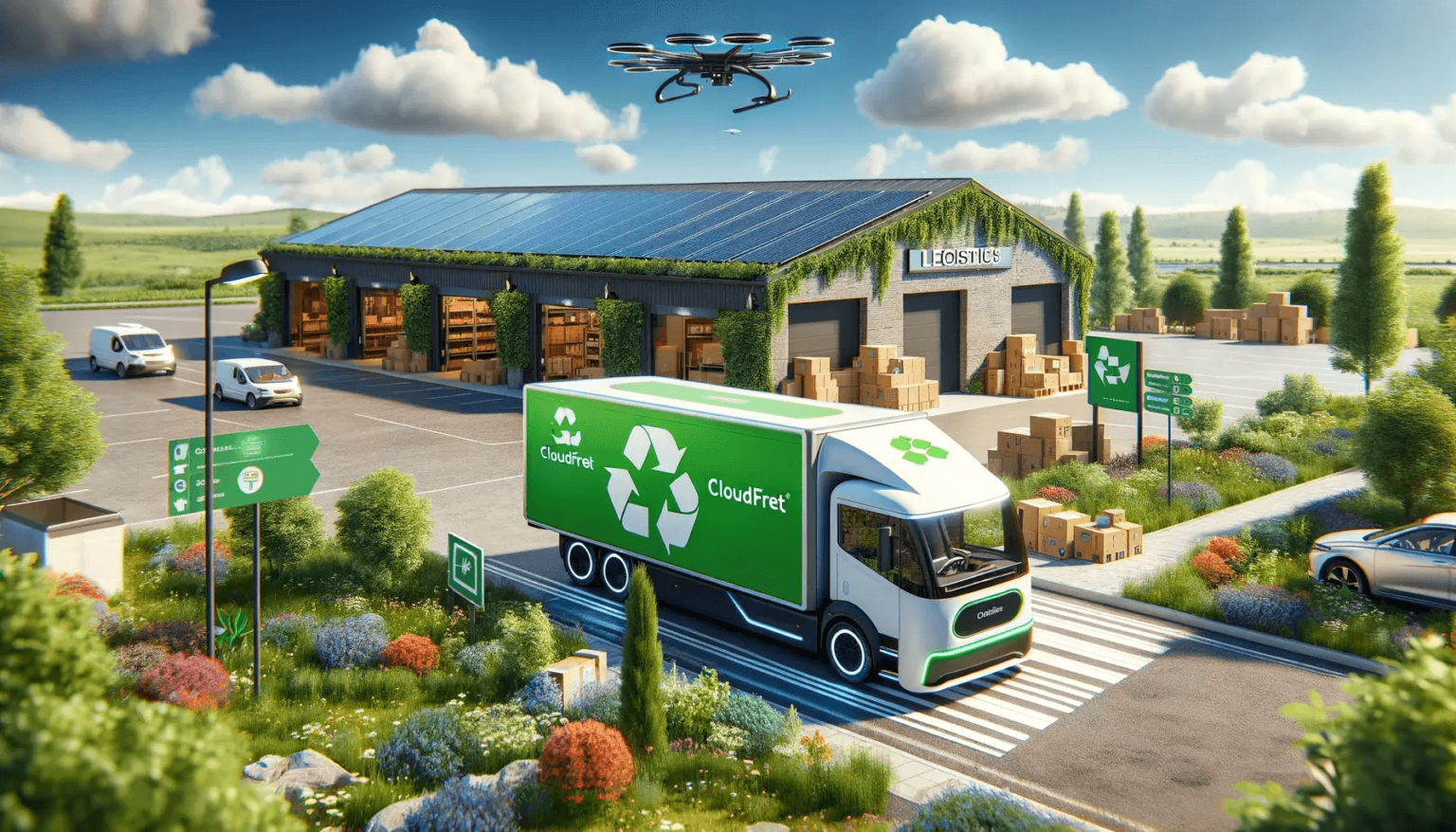As companies globally shift towards more sustainable practices, one key area that has gained significant attention is green transportation. This emerging trend plays a crucial role in greening supply chains, offering businesses the opportunity to reduce their environmental footprint while achieving their corporate sustainability goals. Green transportation involves the adoption of eco-friendly logistics solutions, including electric vehicles, alternative fuels, and energy-efficient routing systems.
The Need for Sustainable Supply Chains
In today’s rapidly evolving business landscape, the push for sustainability has become a top priority for organizations across industries. As part of their broader environmental, social, and governance (ESG) strategies, businesses are looking for innovative ways to reduce their carbon emissions, energy consumption, and waste. The transportation sector, being a significant contributor to global pollution, has come under the spotlight as a key area for improvement.
With the rise of e-commerce and growing consumer demand for faster deliveries, transportation has become one of the most energy-intensive components of the supply chain. As such, greening transportation is now seen as an essential strategy for organizations looking to achieve net-zero emissions and reduce their environmental impact.
Key Benefits of Green Transportation
Green transportation offers several advantages that extend beyond environmental benefits. First, the adoption of electric vehicles (EVs) and renewable energy sources can help businesses reduce fuel costs. Over time, these solutions prove to be economically beneficial, especially as the price of traditional fuels continues to rise.
Moreover, green transportation contributes to improving a company’s image and reputation. Consumers increasingly demand sustainable products and services, making it vital for businesses to align with these expectations. A commitment to greener transportation not only helps companies attract eco-conscious consumers but also provides them with a competitive edge in the marketplace.
In addition, many governments offer financial incentives and subsidies for companies investing in sustainable transportation methods. These can include tax credits, rebates, and grants, which make it easier for companies to transition to greener transportation solutions.
The Role of Local Sourcing in Sustainable Transportation
Another crucial aspect of greening supply chains is the sourcing of materials. By focusing on local suppliers, businesses can reduce the carbon footprint associated with long-distance transportation. Local sourcing not only supports regional economies but also shortens delivery times and reduces fuel consumption.
Furthermore, local supply chains are often more resilient to disruptions, which have become increasingly common due to global events. By embracing a localized sourcing model, companies can ensure that their supply chains are both sustainable and efficient.
Technological Innovations Driving Change
Technology plays an instrumental role in the transition to green transportation. Advances in electric vehicle technology, such as longer battery life and faster charging times, have made EVs a viable alternative to traditional fuel-powered vehicles. In addition, the use of artificial intelligence (AI) and machine learning is transforming the way logistics companies plan and optimize their delivery routes.
With AI-powered systems, companies can analyze vast amounts of data to optimize delivery routes, reduce fuel consumption, and lower greenhouse gas emissions. These technologies also help businesses predict and mitigate traffic disruptions, ensuring that deliveries are made more efficiently.
India’s Push for Sustainable Transportation
As nations work towards meeting global climate targets, India has made significant strides in promoting sustainable transportation solutions. With its rapidly expanding economy and growing demand for logistics services, India faces unique challenges in greening its supply chains. However, the government’s initiatives, including incentives for EV adoption and infrastructure development, are creating a conducive environment for the transition.
India’s push for sustainable logistics is vital not only for reducing emissions but also for improving public health by cutting down on air pollution. As the country moves toward achieving its net-zero targets, green transportation will play a pivotal role in shaping its future supply chain strategies.
Conclusion: A Vital Step Towards a Greener Future
In conclusion, green transportation is more than just a trend—it is a fundamental shift in how businesses approach their supply chains. By adopting sustainable logistics practices, companies can reduce their carbon footprint, lower costs, and meet growing consumer expectations for eco-friendly practices. As technology continues to advance and government support increases, green transportation is set to become a critical component of every organization’s supply chain strategy. Embracing this change now will ensure that businesses stay ahead of the curve, leading the way toward a greener, more sustainable future.






